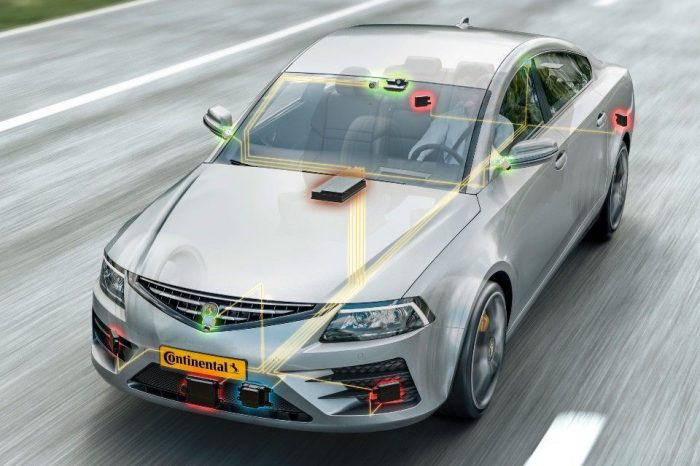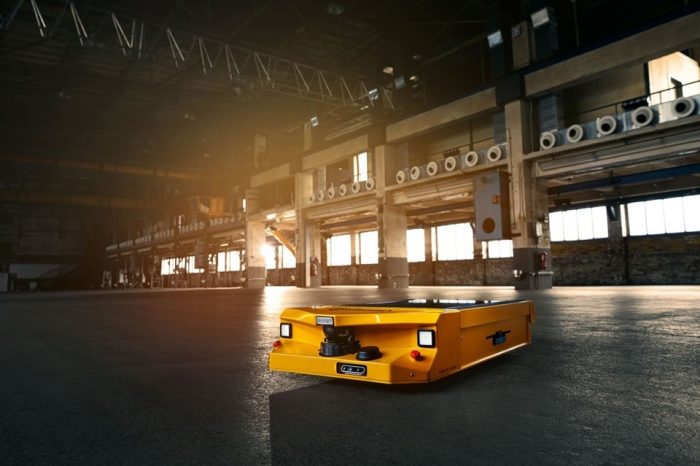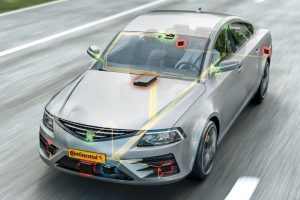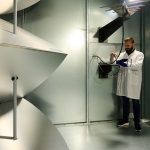Continental invests in electromagnetic compatibility testing to ensure the quality of products
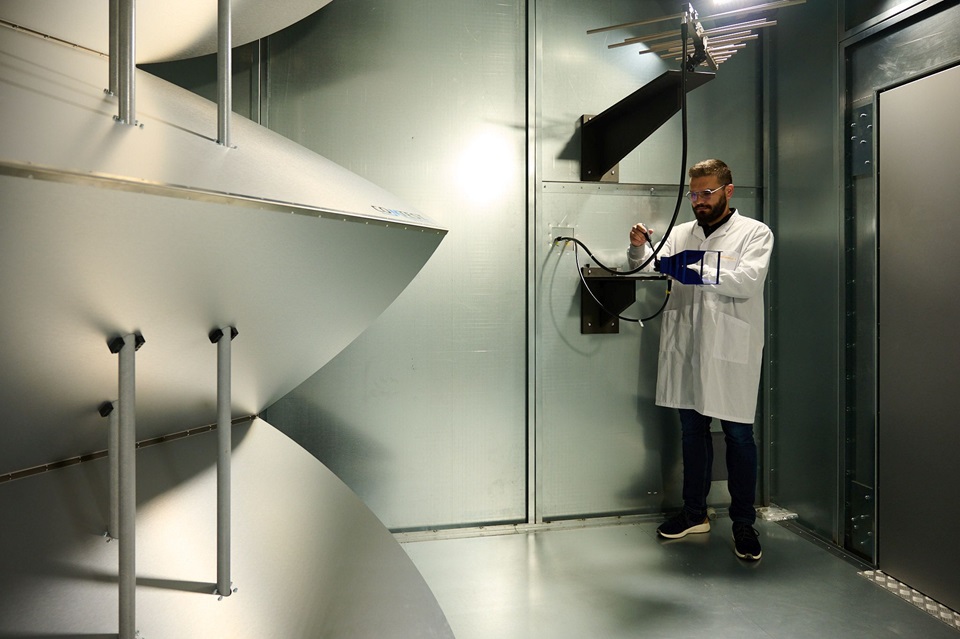
Continental invests in Romania in testing the electromagnetic compatibility of products inside vehicles and thus responds to the need to verify, from the point of view of electromagnetic compatibility, the optimal operation of various electronic equipment in car.
The company has equipped an electromagnetic compatibility (EMC) laboratory in Sibiu with high-performance, state-of-the-art equipment. With the help of this new capability, such as the reverberation chamber, within the Qualifications Laboratories department in Sibiu, the products developed by Continental are tested and validated, being the only location in Romania that currently has this capability.
“Whether it’s radiation, inductive and capacitive coupling or even supply voltage instability, electronic devices are tested from two points of view: immunity – to make sure they withstand up to a certain level of disturbances, set in the standards testing and emissions (in anechoic and semi-anechoic chambers – spaces designed to stop reflections or echoes of either sound waves or electromagnetic waves) – to ensure that the level of disturbance generated by the device under test does not exceed the limits set in the test standards”, explains Cornel Tănase, Head of Qualifications Laboratories Sibiu.
Most cars, as well as other categories of vehicles today, are built to certain standards that require them to be equipped with electronic safety systems, as well as optional ones such as multimedia. All these electronic components, together with their wiring, make up an electromagnetic environment in which it is strictly necessary that they work without influencing each other.
The reverberation chamber is composed of a Faraday cage (an enclosed space, specially designed to protect from the effect of electric and electromagnetic waves from outside) equipped with a signal generator, amplifiers, antennas and a reflector that helps to obtain a volume of radiation , in contrast to testing in anechoic and semi-anechoic chambers, where the device under test is attacked from only one direction, on a single plane, and it is necessary to change its orientation with respect to the antenna. So the test time is considerably reduced while maintaining the level of test severity.
“The speed with which the new technologies emerging in the automotive industry make their way into a single vehicle leads us to have a complex approach, which ensures its proper functioning, both in terms of safety and the comfort of the driver and passengers. And the efficiency with which we verify the functionality of electromagnetic equipment means more time to shape the future of mobility”, said Ciprian Bleoju, head of the Qualifications Laboratories department in Romania.
In such a room, the immunity of electronic modules to radiation is tested, separating them from the external electromagnetic environment to obtain conclusive results, simulating a setting as real as possible, to ensure the quality of the developed products and the safety of users.



